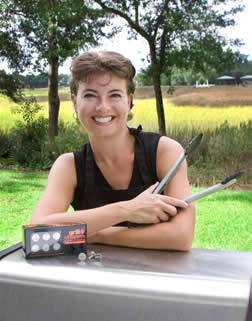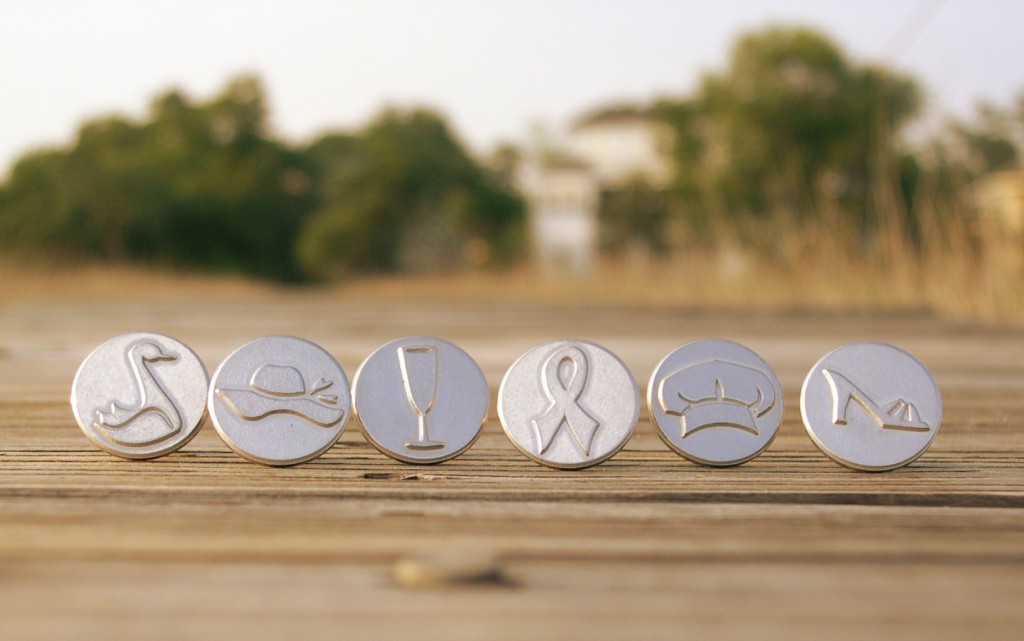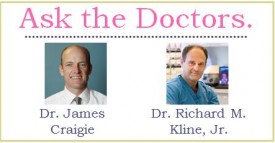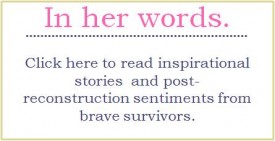 Eating out doesn’t have to mean watching every morsel you put in your mouth for fear of blowing your eating plan. With just a few tweaks, you can enjoy eating out and still stick to your program.
Eating out doesn’t have to mean watching every morsel you put in your mouth for fear of blowing your eating plan. With just a few tweaks, you can enjoy eating out and still stick to your program.
Say no to the bread, or have just one slice with your meal.
Many restaurants bring out a big basket of bread the moment you sit down, and this bread can wreck your healthy eating plans. If you can’t say no, at least have the bread with your entrée to minimize the damage. Spread real butter on it or dip it in olive oil. If you love bread, ask for darker breads like rye instead of the typical white bread.
Ask for low-starch veggies in place of potatoes or rice.
If your meal comes with potatoes or rice, ask to substitute something else. Low-starch veggies such as green beans, spinach, or broccoli are good choices.
Enjoy plenty of salad with healthy dressing.
Ask the server about your dressing choices. Chances are you can enjoy a healthy, homemade vinaigrette or oil and vinegar. If you have access to a salad bar, don’t be afraid to load up on the greens and veggies, but go easy on the cheese, croutons, and creamy dressing.
If you must have creamy dressing, have it on the side, dip your fork in it, and then take a bite of salad. If you want creamy dressing on a house salad, ask for it on the side.
Put half in a to-go box.
Ask for a to-go box when you order, and put half your meal in it before you start eating. That way you don’t blow your diet, and you can enjoy the rest of the meal the next day. If you’d rather not take anything home, split a meal with your dining companion, or give the leftovers to a friend.
When it comes to dessert, have anything you wish—just take a few bites.
You’ve probably noticed that when you eat a rich, luscious dessert, there comes a point at which it’s too much and you’ve had enough. Why not order any dessert you want and then savor only two or three bites? Again, you can share or take the rest home.
What’s your favorite tip for healthy eating out?














